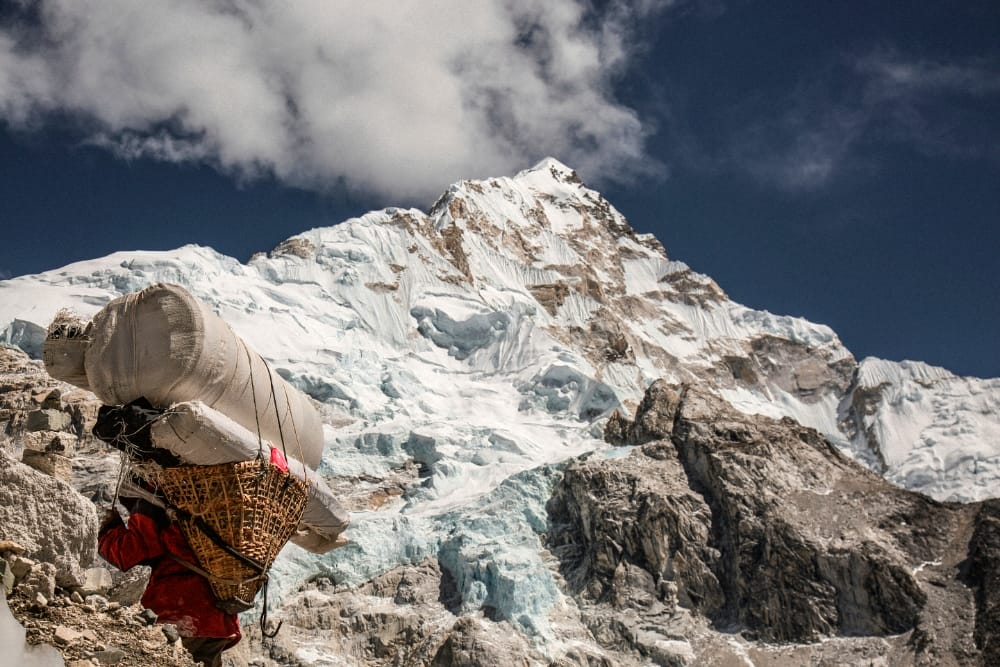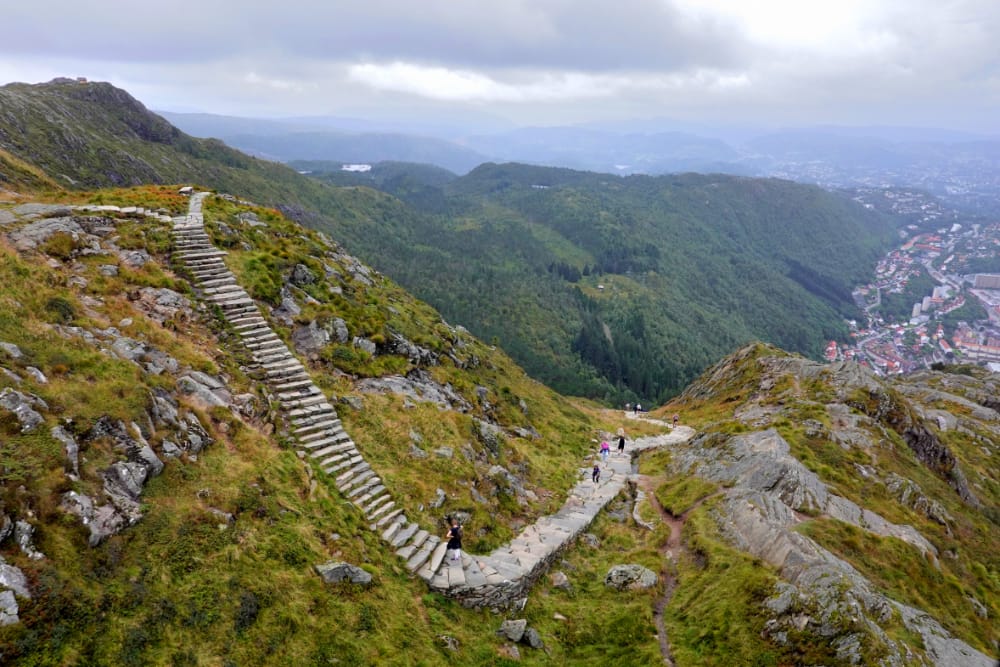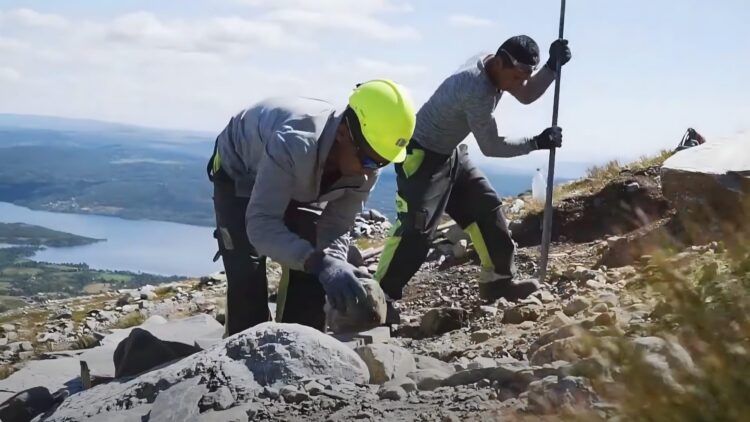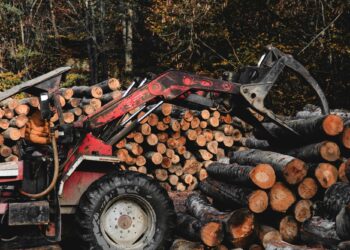For over twenty years, Sherpas have been coming to Norway in order to build and reconstruct the trails. Many trails in Norway are often steep, rocky, and arduous to climb. With their high sloping mountains and deep fjords, trail building can be extremely difficult. Many people are simply not cut out for the work that is involved. However, Norway has found a way to get around this problem. The answer: Sherpas.

Himalayan Sherpas
The Sherpas are an ethnic group native to Nepal, specifically the Himalayan region. They are widely known for their abilities and skills in the activity of mountaineering. For more than a century, they have been crucial in helping climbers summit some of the tallest peaks in the world like Mount Everest. They often guide expeditions, carry large loads of supplies, and construct trails in some of the most hostile environments. Many Sherpas even have genetic adaptations that give them unique advantages in these high altitude terrains such as a special hemoglobin-binding capacity and increased nitric oxide production. These elite mountaineers’ abilities caught the attention of Norway which led to a program that not only connects countries, but also connects cultures.

Trailblazers
Starting in 2000 during the summer, Norway invited a small group of Sherpas to come help repair and rebuild a few hiking trails in the mountains. These trails, the famous stairstep trails, required large stones to be carried uphill at a severe incline. Naturally, this was a great fit for the Sherpas as they had been carrying heavy loads of supplies on their backs for most of their lives. This first group of sherpas did such an exceptional job at repairing the stone paths that they kept getting invited back. The program has since been expanded to include many more Sherpas and invite them every single summer. They are not only desired for their physical strength, but also for their incredible technical skills. Coming from the Himalayas where stone trails often need to be repaired, the Sherpas have lots of experience in creating long-lasting stone paths. They apply these techniques to the trails in Norway to ensure they are as durable as possible.
Norway also compensates these Sherpas extremely well. One season of work in Norway pays more than 30 years worth of work in Nepal. Because these Sherpas often live in social communities, they redistribute the wealth back into their villages when they go home which further betters the economic situation of these communities.

Overall, the program has been an incredible success and a win-win for both parties. These Sherpas are widely celebrated in Norway for making the trails much easier to trek, and therefore, the mountains much more accessible for tourists and locals to enjoy. In fact, over 100,000 people every year use the trails that the Sherpas have reconstructed. The cultural aspects of this program are also worth mentioning. Previous to this, not many Sherpas had been to Norway. However, this program has allowed for cultural interactions between the Sherpas and Norwegians, especially since the Sherpas are highly praised by locals. As Nima Sherpa, a Nepalese Sherpa who helped construct the Pulpit Rock Trail in Norway, put it:
“Money comes and goes. The things we have learnt in Norway will be with us for the rest of our lives. I feel like we are creating history. One day, my grandchildren will be able to come to Norway and see what we have built.”













